Discovering Cashew Trees - What Do They Look Like?

1. General description of the cashew tree
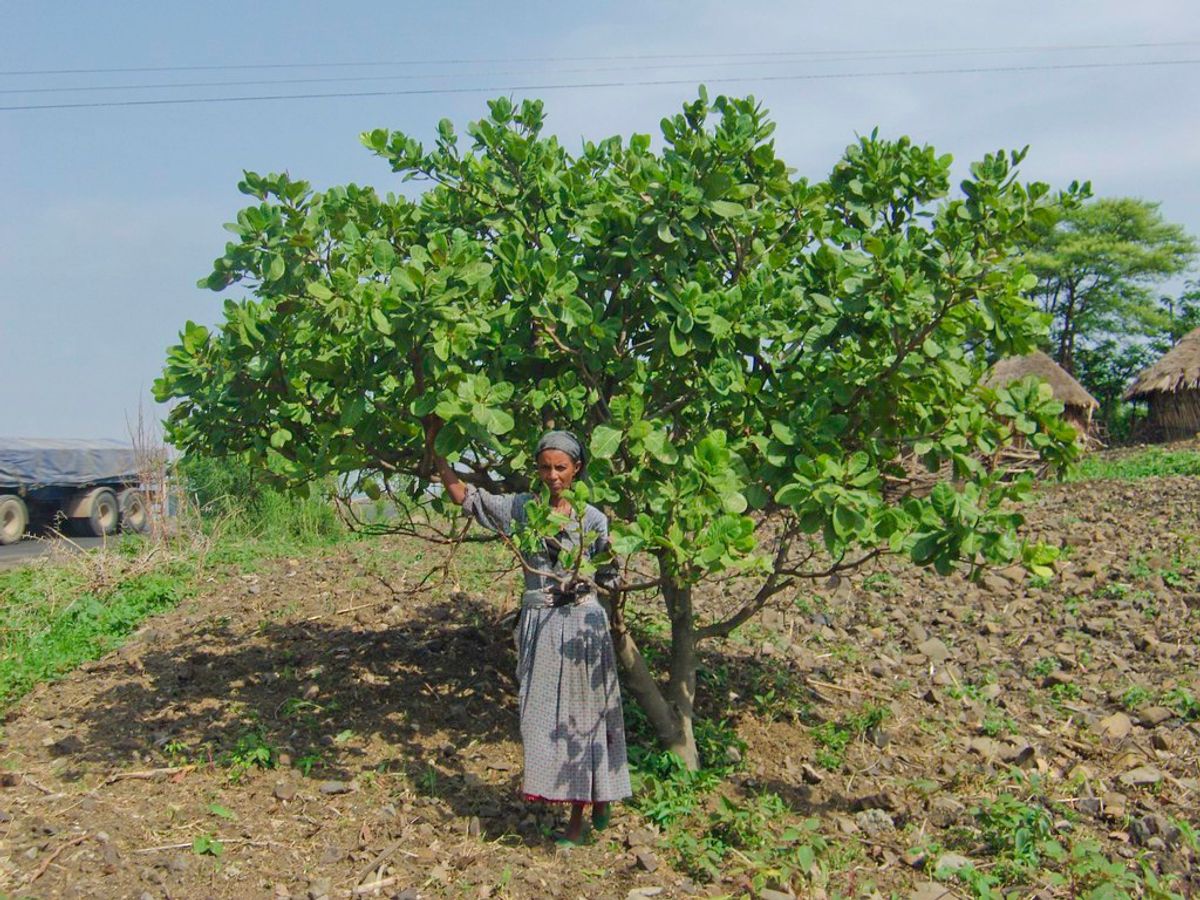
The cashew tree (Anacardium occidentale) is a tropical evergreen tree known for producing both the cashew nut and the cashew apple. Here’s a closer look at this fascinating tree:
Appearance
- Height: Cashew trees can grow up to 14 meters (46 feet) tall, but they are often cultivated to be shorter for easier harvesting.
- Trunk: The trunk is typically short and thick, branching out widely.
- Bark: The bark is rough and grayish-brown.
Leaves
- Shape: The leaves are broad, obovate (egg-shaped), and can grow up to 22 centimeters (8.7 inches) long.
- Color: They are a bright, glossy green, providing a lush canopy.
- Texture: The leaves are thick and leathery.
Flowers
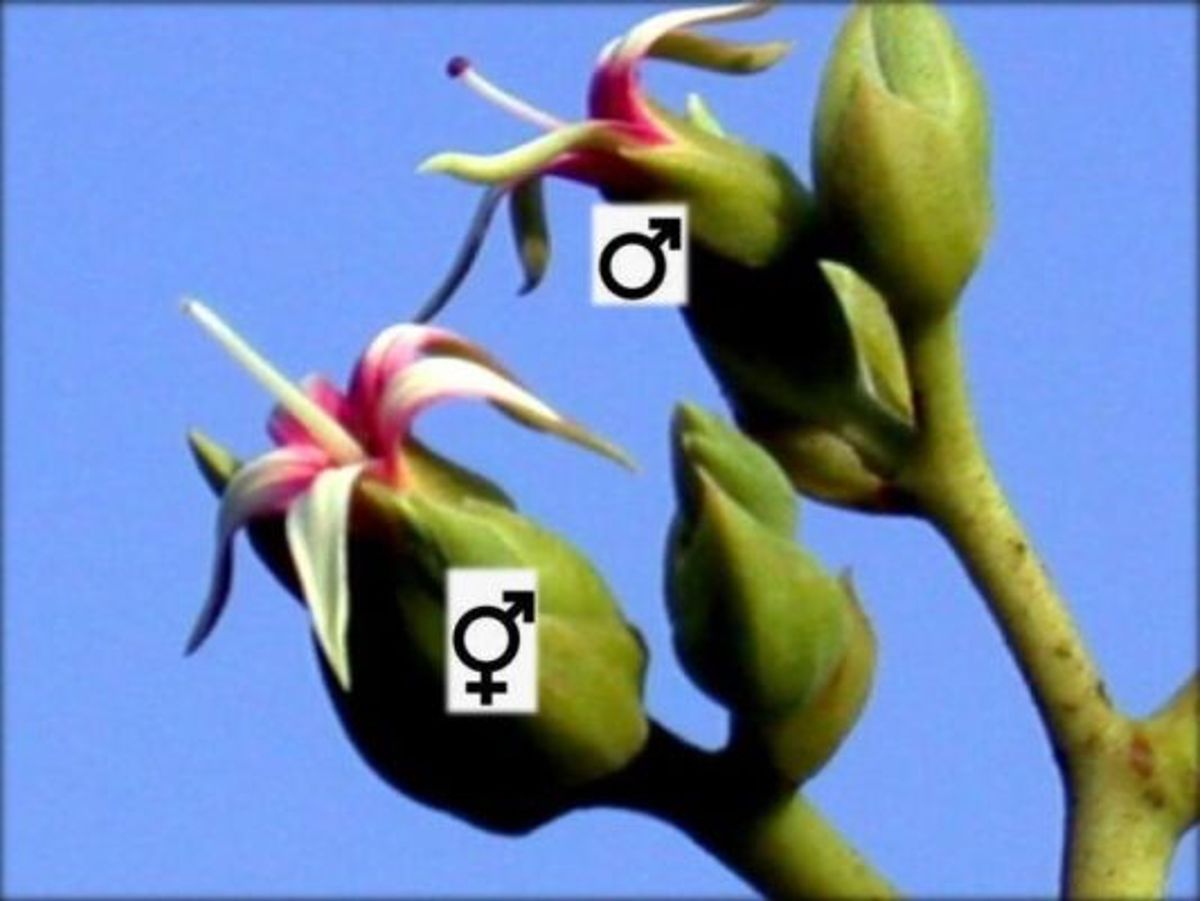
- Appearance: Cashew flowers are small, pinkish, or reddish.
- Structure: They grow in clusters known as panicles.
- Fragrance: The flowers have a sweet fragrance that attracts bees and other pollinators.
Cashew Apple
- Description: The cashew apple is a fleshy, pear-shaped structure that is actually an accessory fruit.
- Color: It can be yellow, red, or orange.
- Taste: The apple has a juicy, slightly sweet to tart flavor.
- Uses: It is often used to make beverages, jams, and fermented drinks like cashew wine.
Cashew Nut
- Description: The cashew nut is the true fruit of the tree, growing at the bottom of the cashew apple.
- Structure: It is encased in a hard shell that contains toxic resin, which must be carefully removed.
- Uses: Once processed, the cashew nut is consumed worldwide as a snack and used in various culinary applications.
Growth Conditions
- Climate: Cashew trees thrive in tropical climates with plenty of sunlight and well-drained soil.
- Water: They are drought-tolerant but grow best with regular rainfall.
- Soil: Prefer sandy or loamy soils with good drainage.
Conclusion
Cashew trees are not just remarkable for the delicious nuts they produce but also for the unique structure of their fruit and their adaptability to tropical climates. They play a significant role in agriculture and the economy in many parts of the world.
2. Cashew tree trunk
The trunk of the cashew tree (Anacardium occidentale) is an essential part of this versatile and economically significant plant. Here's a detailed introduction to the cashew tree trunk:
Structure and Appearance

- Height: The cashew tree trunk can vary in height, typically reaching up to 14 meters (46 feet). However, in commercial cultivation, trees are often kept shorter to facilitate easier harvesting.
- Thickness: The trunk is generally thick and sturdy, providing strong support for the wide-reaching branches.
- Texture: The bark of the cashew tree trunk is rough and fissured, adding to its robust nature.
- Color: The bark typically has a grayish-brown hue, which can darken with age.
Growth and Development
- Primary Growth: In the early stages, the trunk of the cashew tree focuses on vertical growth to establish a strong foundation.
- Secondary Growth: As the tree matures, it undergoes secondary growth, where the trunk thickens and the bark becomes more pronounced and textured.
- Branching: The trunk usually begins branching at a relatively low height, creating a broad canopy that maximizes sunlight capture for photosynthesis.
Functions of the Cashew Tree Trunk
- Support: The trunk provides structural support for the entire tree, anchoring it firmly into the ground and supporting the weight of the branches, leaves, flowers, and fruits.
- Transport: It serves as a conduit for water, nutrients, and sugars between the roots and the rest of the tree, facilitated by the xylem and phloem tissues within the trunk.
- Protection: The thick bark offers protection against physical damage, pests, and diseases, helping the tree to thrive in diverse environmental conditions.
Environmental Adaptations
- Drought Tolerance: The cashew tree trunk is adapted to withstand dry conditions, storing water and minimizing moisture loss through its tough, protective bark.
- Resilience: The trunk's sturdy structure allows the tree to withstand strong winds and other environmental stresses.
Economic Importance
- Harvesting Practices: The height and branching structure of the trunk influence harvesting methods. Shorter trees with accessible trunks make manual harvesting of cashew apples and nuts more efficient.
- Timber and By-products: While the primary economic value of the cashew tree lies in its nuts and apples, the wood from the trunk can also be used for various purposes, including fuel and construction.
Conclusion
The cashew tree trunk is a remarkable feature that not only supports the tree physically but also plays a crucial role in its growth, development, and adaptability to environmental conditions. Understanding its structure and functions highlights the incredible adaptability and economic importance of the cashew tree.
3. Cashew tree roots
Cashew tree roots play a crucial role in the health and stability of the tree. Here's a detailed overview:
Root System Structure
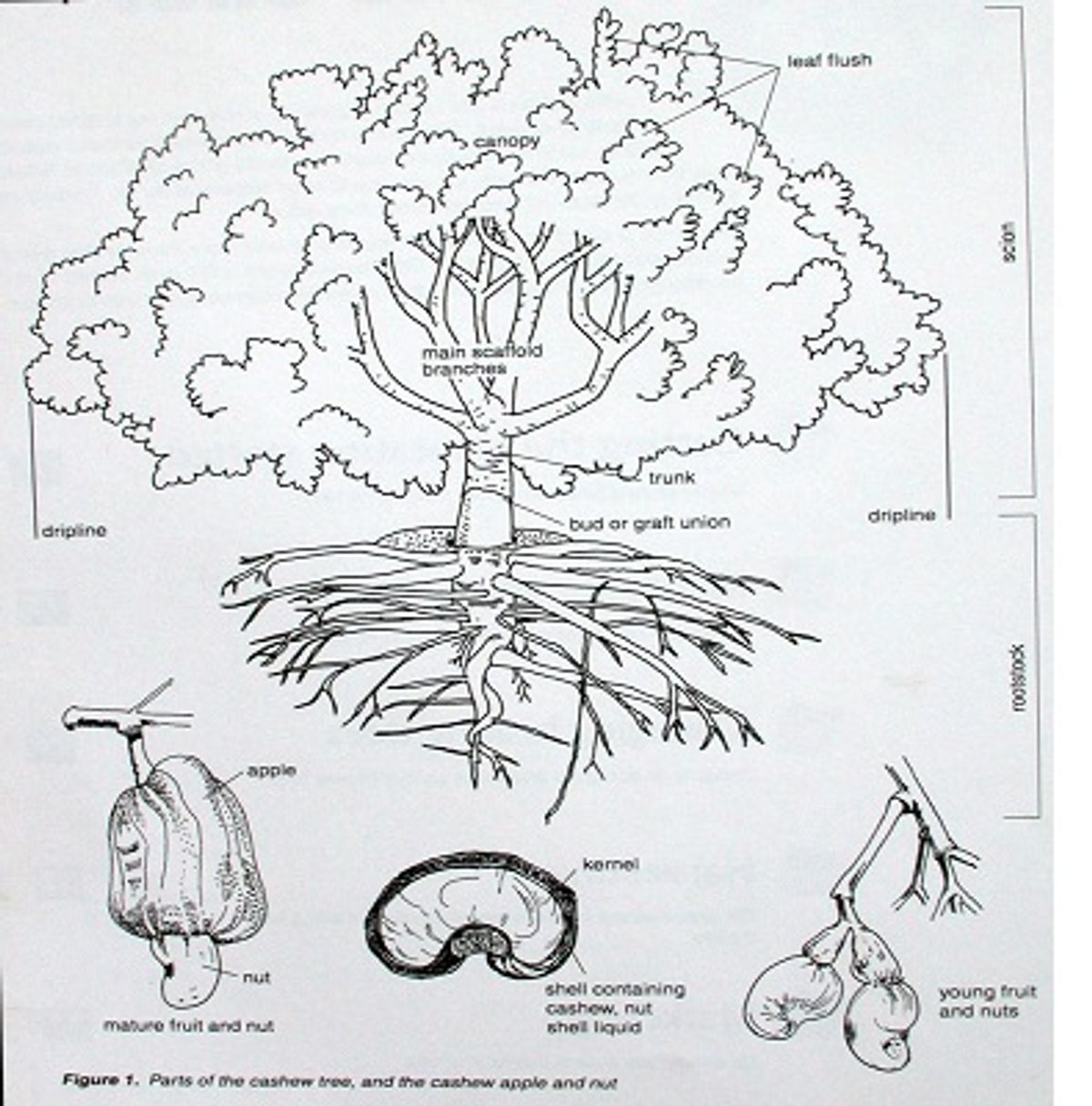
- Taproot: The cashew tree typically has a prominent taproot that grows deep into the soil, anchoring the tree firmly and seeking out water and nutrients from deeper layers.
- Lateral Roots: In addition to the taproot, the tree also develops a network of lateral roots that spread horizontally. These roots help absorb water and nutrients from the upper soil layers and provide additional stability.
Functions of the Roots
- Anchoring: The deep taproot and widespread lateral roots anchor the tree firmly in the ground, allowing it to withstand strong winds and other environmental stresses.
- Nutrient Absorption: Roots absorb essential nutrients and minerals from the soil, which are vital for the growth and development of the tree.
- Water Uptake: The roots absorb water from the soil, which is critical for photosynthesis and other physiological processes.
Environmental Adaptations
- Drought Resistance: The deep taproot system helps the cashew tree access water from deeper soil layers, making it more drought-resistant and able to survive in arid conditions.
- Soil Stabilization: The extensive root system helps stabilize the soil, preventing erosion and maintaining soil structure.
Soil Preferences
- Well-Drained Soil: Cashew trees prefer sandy or loamy soils that provide good drainage. Poorly drained soils can lead to root rot and other health issues.
- Soil Acidity: Slightly acidic to neutral pH levels (around 5.5 to 7.0) are ideal for the optimal growth of cashew tree roots.
Growth and Maintenance
- Root Pruning: In commercial cultivation, root pruning may be done to encourage a stronger root system and enhance nutrient uptake.
- Fertilization: Applying organic fertilizers can help improve soil fertility and support healthy root development.
Conclusion
Cashew tree roots are vital for the tree's stability, nutrient and water absorption, and overall health. Their ability to adapt to various soil conditions and resist drought makes the cashew tree a resilient and valuable plant in tropical agriculture.
4. Cashew tree leaves
Cashew tree leaves play a crucial role in the tree’s health and productivity. Here’s an in-depth look at their characteristics and functions:
Structure and Appearance
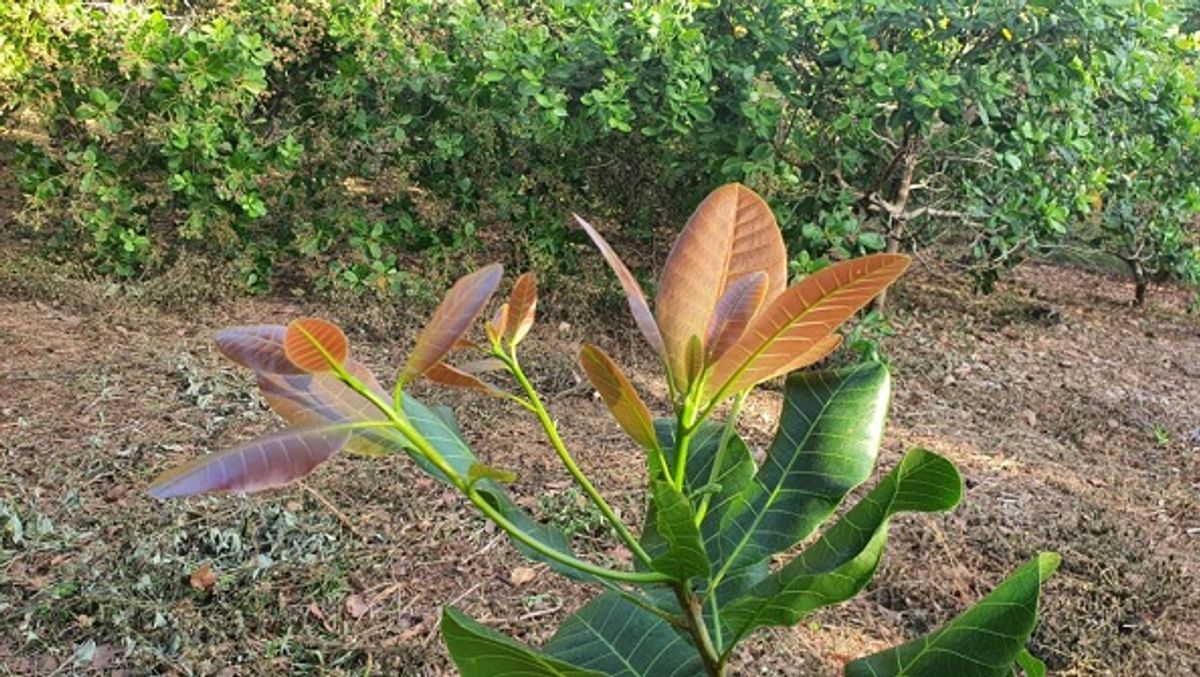
- Shape: The leaves of the cashew tree are broad, obovate (egg-shaped), and tapering towards the base.
- Size: They can grow up to 22 centimeters (about 8.7 inches) in length and around 15 centimeters (about 5.9 inches) in width.
- Color: The leaves are a vibrant, glossy green, which indicates their health and vitality.
- Texture: They are thick and leathery, providing durability and resilience against environmental factors.
Arrangement
- Position: The leaves are arranged alternately on the branches, ensuring optimal sunlight capture for photosynthesis.
- Petiole: Each leaf is attached to the branch by a short, sturdy petiole.
Functions
- Photosynthesis: The broad surface area of the leaves maximizes photosynthesis, converting sunlight into energy to support the tree’s growth and development.
- Gas Exchange: Stomata on the leaf surface facilitate the exchange of gases, allowing the tree to absorb carbon dioxide and release oxygen.
- Protection: The thick, leathery texture helps protect the leaves from pests, diseases, and harsh weather conditions.
Seasonal Changes
- New Growth: Young leaves often start as a reddish or bronze color before maturing into a deep green.
- Senescence: Older leaves may turn yellow and eventually fall off, making room for new growth.
Environmental Adaptations
- Drought Tolerance: The thick leaves help reduce water loss, making the tree more drought-resistant.
- Pest Resistance: The leathery texture and chemical defenses in the leaves help protect against insect attacks and fungal infections.
Conclusion
The leaves of the cashew tree are vital for its survival, providing energy through photosynthesis, facilitating gas exchange, and protecting the tree from environmental stresses. Their structure and adaptations make them perfectly suited to the tropical climates where cashews thrive.
5. Cashew flowers
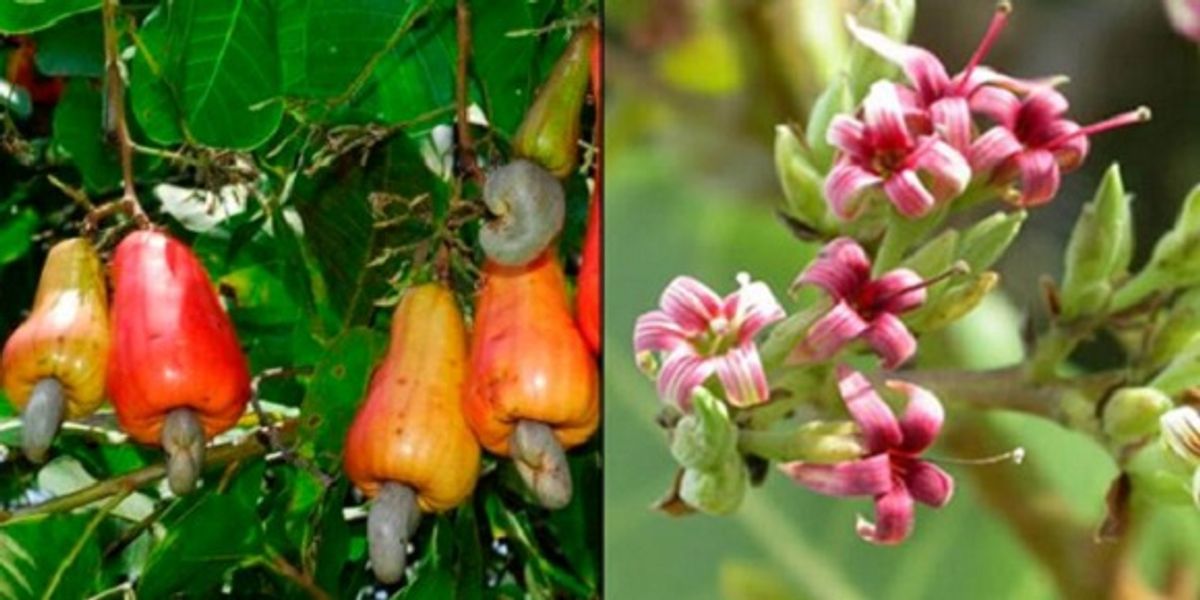
Cashew flowers are a vital part of the cashew tree's reproductive system. Here's a detailed overview of their characteristics and role:
Appearance
- Color: Cashew flowers are typically small and can be pink, reddish, or sometimes greenish-white.
- Structure: They are arranged in panicles, which are clusters of flowers on a branched stem.
- Size: Each individual flower is about 5-7 millimeters in diameter.
Floral Structure
- Sepals and Petals: Cashew flowers have five sepals and five petals. The petals are often long and narrow, adding a delicate look to the clusters.
- Stamens: They contain multiple stamens, but only one of these is functional, producing pollen.
- Pistil: The central part of the flower contains the pistil, which is the female reproductive organ.
Growth and Development
- Pollination: The sweet fragrance of cashew flowers attracts bees and other pollinators, which are essential for the fertilization process.
- Fruit Development: After pollination, the flowers develop into the cashew apple and nut. The nut forms first, followed by the development of the cashew apple.
Flowering Season
- Timing: Cashew trees typically flower once a year, with the flowering season varying depending on the region. In many tropical areas, flowering occurs during the dry season.
Environmental Role
- Attracting Pollinators: The flowers play a crucial role in attracting pollinators, which are necessary for the production of cashew nuts and apples.
- Biodiversity: Cashew flowers contribute to the biodiversity of their ecosystems by providing food and habitat for various insects and birds.
Conclusion
Cashew flowers are small but significant, playing a vital role in the reproduction and lifecycle of the cashew tree. Their delicate structure and sweet fragrance not only enhance the beauty of the cashew tree but also ensure the production of the nutritious cashew nuts and apples.
6. Cashew fruit
Cashew fruit is an intriguing combination of the cashew apple and the cashew nut. Here's a comprehensive look at both parts:
Cashew Apple

- Description: The cashew apple is the fleshy, pear-shaped structure that grows from the stem of the cashew tree. It's not the true fruit but an accessory or pseudo-fruit.
- Color: It varies from yellow to red or orange.
- Taste and Texture: The cashew apple has a juicy, fibrous texture with a sweet-tart flavor. It's rich in Vitamin C, providing a refreshing and nutritious taste.
- Uses: While less known globally, the cashew apple is consumed in many cashew-growing regions. It can be eaten fresh, or processed into juices, jams, and alcoholic beverages like cashew wine and feni, a popular spirit in Goa, India.
Cashew Nut
- Description: The cashew nut is the true fruit of the cashew tree, growing at the bottom of the cashew apple. It's encased in a hard shell that contains toxic resin called urushiol.
- Structure: The nut is protected by both an outer hard shell and an inner thin shell (silk shell), both of which need to be removed carefully due to their toxic content.
- Processing: The nuts undergo steaming or roasting to neutralize the toxins, followed by manual or mechanical shelling. This meticulous process ensures they are safe to eat.
- Uses: Once processed, cashew nuts can be enjoyed raw, roasted, salted, or used in cooking. They're also made into cashew butter, milk, and cheese.
Nutritional Benefits
- Cashew Apple: High in Vitamin C, fiber, and antioxidants. Excellent for boosting immunity, aiding digestion, and providing hydration.
- Cashew Nut: Rich in healthy fats, protein, vitamins, and minerals. Beneficial for heart health, weight management, and overall wellness.
Economic and Cultural Importance
- Global Market: Cashews are a significant export for many tropical countries, including Vietnam, India, Brazil, and Nigeria.
- Local Economy: In many regions, both the cashew apple and nut contribute to local economies, providing income and employment.
Conclusion
Cashew fruit, with its two distinct parts, offers a unique blend of flavors and nutritional benefits. From the juicy, vitamin-rich cashew apple to the versatile and nutrient-dense cashew nut, this fruit plays a vital role in diets and economies around the world.
7. Cashew
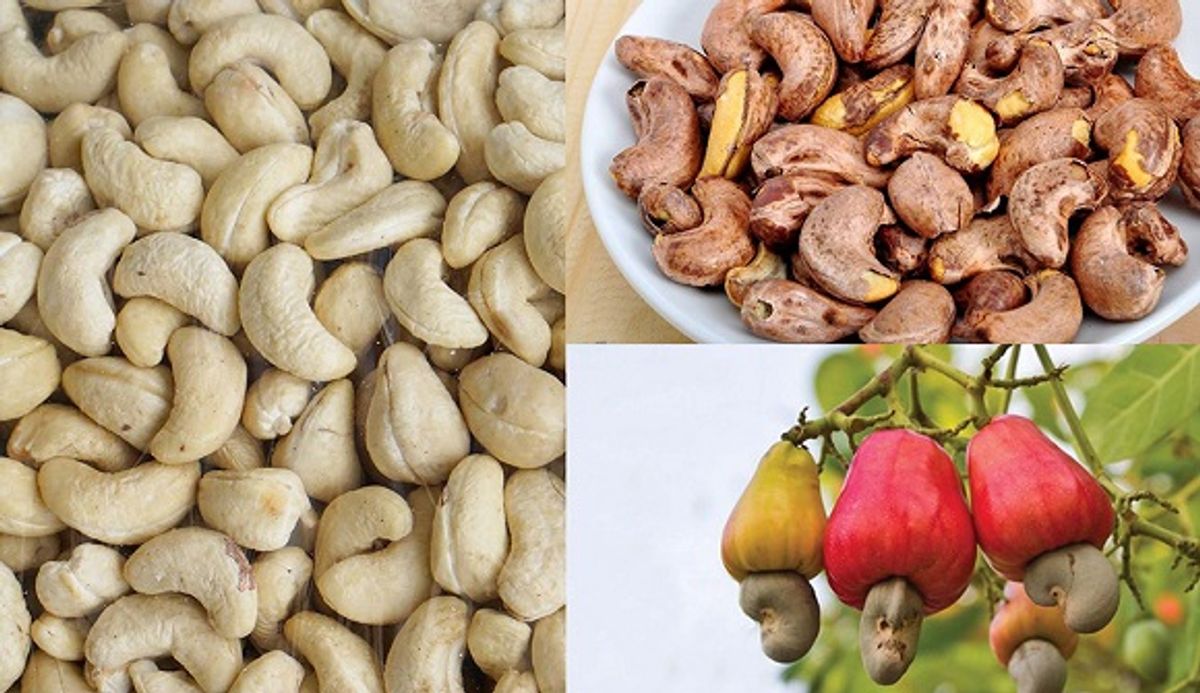
Cashews are a delicious and nutritious food, famous for their many health benefits. Cashews are not only used as snacks but are also great ingredients in many different dishes, from salads and main dishes to milk substitutes such as cashew milk and cashew butter.
Nutritional Benefits of Cashews
- Healthy Fats: Contains monounsaturated and polyunsaturated fats, which are good for the heart.
- Protein: An excellent source of plant-based protein, supporting muscle building.
- Vitamins and Minerals: Rich in vitamins E, K, and B vitamins; along with minerals like magnesium, copper, iron, zinc, and phosphorus.
Ways to Prepare Cashews
- Fresh Cashews: Can be used to make cashew milk or cashew butter.

- Roasted Cashews: A popular snack, they can be roasted with salt or honey to add flavor.
- Cashews in Dishes: Add to salads, stir-fry, or cook with curry to add crunch and richness.
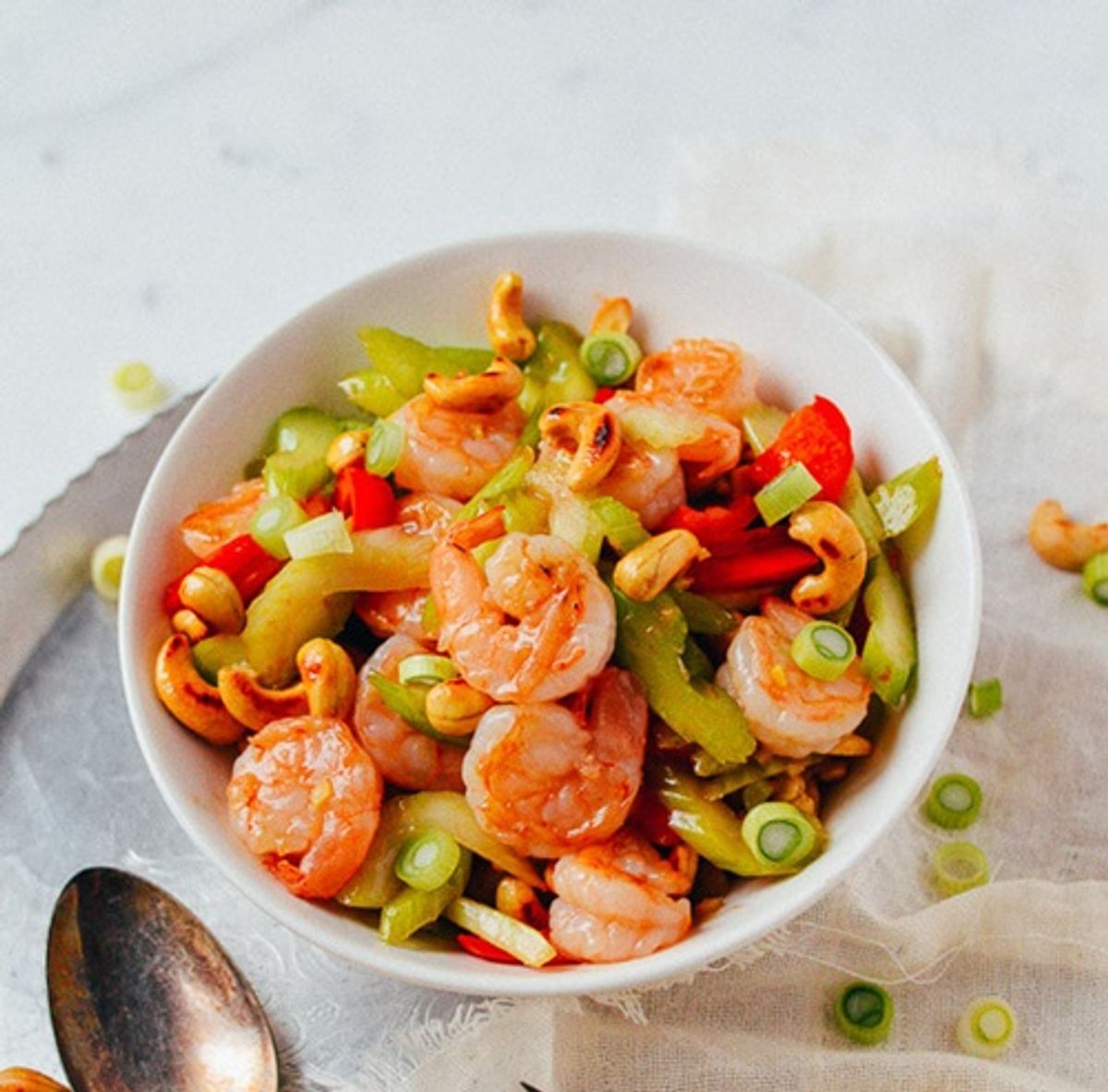
Health Benefits
Cashews are not only delicious but also good for your health, from supporting the heart, strengthening the immune system to improving skin and hair health.
Xem thêm: Nguồn gốc xuất xứ của cây điều - Đặc điểm nguyên thủy & Quá trình du nhập ra thế giới
Learn more: Origin of cashew tree - Original characteristics & Process of introduction to the world